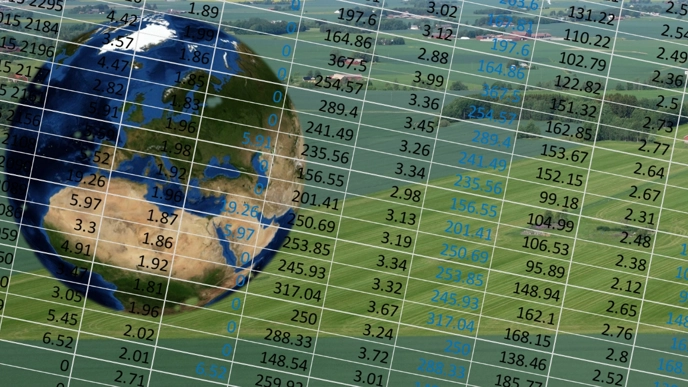
Laboratory for agricultural decision support systems (LADS)
Project overview
Participants
Short summary
LADS is a collaborative research platform focused on developing agricultural decision support systems (AgDSSs) for practical precision agriculture. Within LADS, projects are carried out in close collaboration with authorities, industry and farmers.
Vision
LADS' vision is that research results (knowledge, methods and data) should be easy to apply in practical precision agriculture.
Resources
Teaching materials
If you want to learn in an easy-to-understand way the theory behind many of the concepts within precision farming, the Precision School (Precisionsskolan) is the right place https://canvas.slu.se/courses/12830
Open R code
Here is published open R code for internal functionality indecision support systems for precision agriculture. https://github.com/lads-slu
Open Data
Digital Soil Map of Sweden is a publicly available (CC-BY licence) digital map product that provides information on various soil properties in the topsoil (the top 2 dm of the soil layer) of farmland. https://www.slu.se/en/environment/statistics-and-environmental-data/environmental-data-catalogue/digital-soil-map-of-sweden/
Projects
LADS is an overarching platform within which a range of projects are carried out in various collaborations and with different funding. Here are a few:
- DC-kollen: forecasting crop development
- Tools for the agronomic detective
- Is a quarter of our arable land fertilized blindly?
- Rapid assessment of nitrogen uptake in winter wheat
- Baby Grain Passport
For publications please browse individual projects.